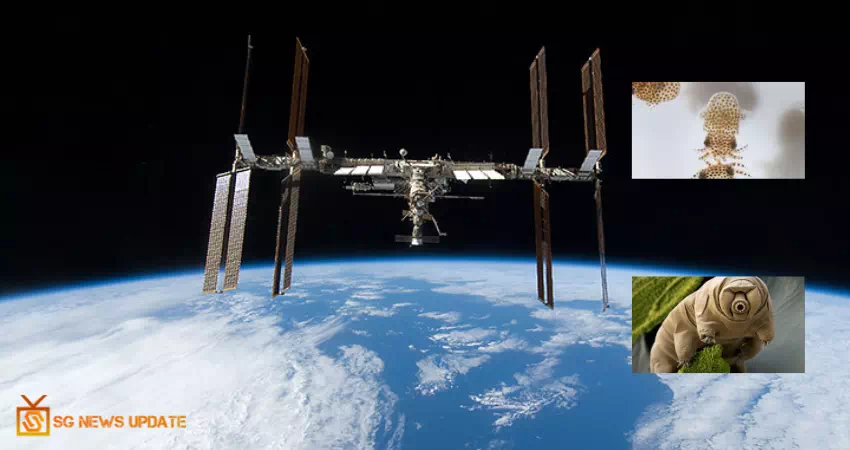
On June 3, NASA will send 128 gleam-in-dark child squids and approximately 5,000 tardigrades (also called water bears) to the International Space Station for investigation purposes.
The water creatures, which will be dispatched on board SpaceX's 22nd load resupply mission to the ISS, are important for investigations that could help researchers configuration improved defensive measures for space explorers going on long-duration for space travel. The investigations are additionally focused on better understanding how valuable organisms interact with creatures, conceivably prompting breakthroughs in enlightening human wellbeing on Earth.
A space station is basically an enormous space shuttle that stays in low-earth orbit for extended timeframes. It resembles a huge research facility in space, and permits space explorers to get on and stay for quite a long time or months to complete analyses in microgravity.
The ISS has been in space since 1998, and has been known for the excellent collaboration between the five partaking space agencies that run it: NASA (United States), Roscosmos (Russia), JAXA (Japan), ESA (Europe), and CSA (Canada). For more than a long time since its dispatch, people have consistently lived and done scientific examinations on the $150 billion ISS under microgravity conditions, having the option to make breakthroughs in research impractical on Earth.
According to NASA, the flying lab has facilitated in excess of 3,000 experiments and educational investigations from scientists in 108 nations and regions, doing cutting edge research in different discipline, including science, human physiology, and physical, material and space science.
The water bears and bobtail squid will be engaged with tests on board the floating lab, and will show up in a semi-frozen state before they are defrosted, revived and grown up in an exceptional bio culture framework, as per CNN. One of these examinations includes taking a gander at how the water bears–little creatures (around 1mm long) that can adjust to outrageous conditions on Earth, including high pressure, temperature and radiation–would act in a spaceflight climate. Analysts will actually want to consider their solidness close up, and potentially distinguish the genes that permit them to turn out to be so strong.
By figuring out how the water bears can get by in low gravity conditions, it will be feasible to plan better methods to keep space explorers healthy on long-duration space missions.
Researchers additionally need to take a gander at what microgravity conditions mean for the connection between the bobtail squid – which are likewise minuscule (3 mm long)– and beneficial organisms, as a feature of an investigation called UMAMI, short for Understanding of Microgravity on Animal-Microbe Interactions.
Organisms take up a vital part in the typical growth of animal tissues and in keeping up human wellbeing, and the exploration will permit researchers to have a superior comprehension of how beneficial microorganisms associate with creatures when there is an absence of gravity.
In the human body, microorganisms add to an assortment of functions, including absorption, fostering the immune system and detoxifying hurtful elements. A disturbance in our relationship with these organisms can prompt illness.
According to NASA, this investigation may prompt significant breakthroughs. On Earth, we might have the option to discover methods to secure and even improve the mind boggling connection among creatures and valuable organisms, guaranteeing better human wellbeing and prosperity. In space, the discoveries will help space agencies foster better measures to shield space travelers from unfavorable host-microorganism changes on long-term missions.
Coming Soon...!
Comments (0)